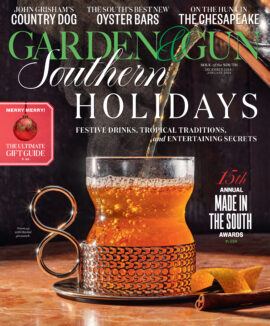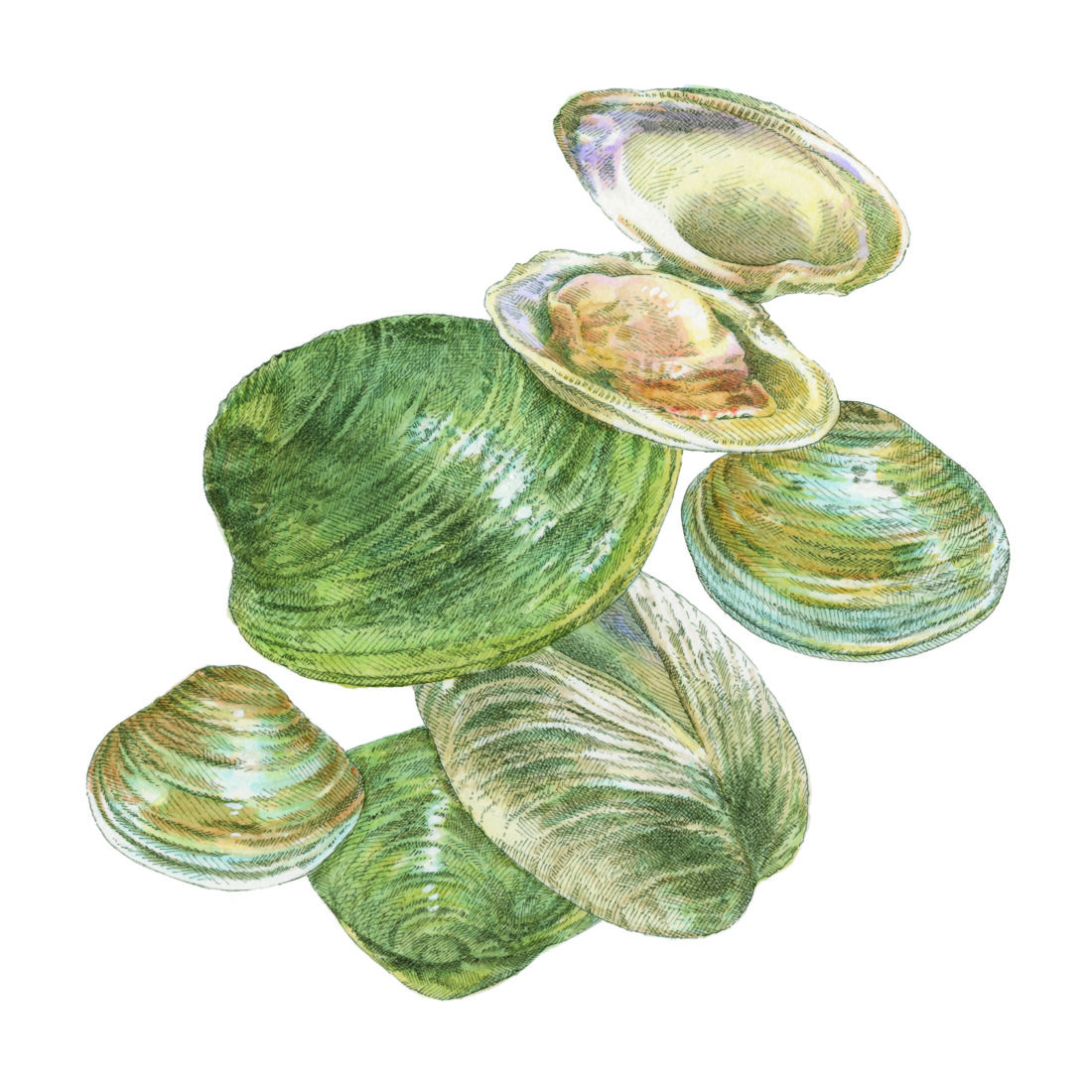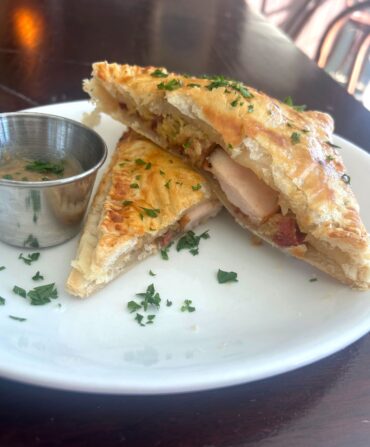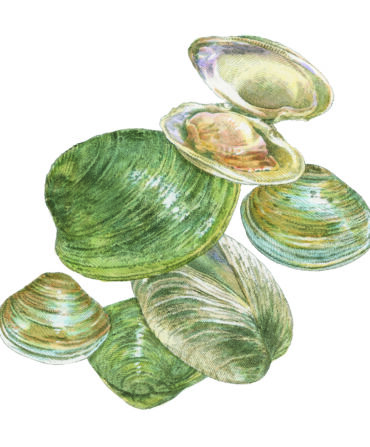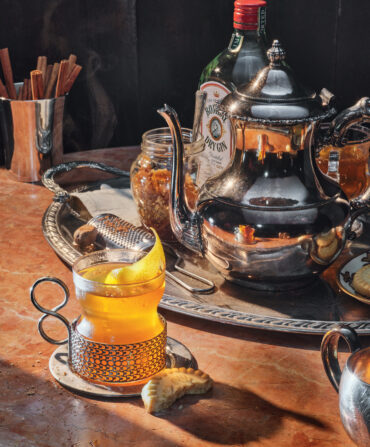Digging up clams ranks as one of Ryan Pera’s most treasured childhood memories. “I grew up in North Carolina, but my parents are New Yorkers, so we would go up and visit my grandparents,” says Pera, now executive chef and co-owner of the Italian-focused Coltivare in Houston. “My dad would take my brother and me clamming on Long Island, and we’d get a couple dozen and cook them up and eat them immediately.” Of course, the Northeast isn’t the only place to score fresh clams—they’re available all along the Atlantic Seaboard in the cooler months, at fish markets or by digging for them yourself in the intertidal areas of the South. The most common variety, quahogs (a.k.a. “hard clams”), are classified by size, from smaller cherrystones and littlenecks to larger top necks and chowder clams. When you’re prepping clams, Pera suggests a tap test for any with slightly open shells: “Give it a couple of pats on the back of the shell. If it doesn’t close, then don’t use that one. And if any have chips or chunks missing from the shell, toss them out.” Another trick is to “purge” the clams by soaking them in salt water, which helps remove any grit.

Pera favors cherrystones and littlenecks for their tenderness, whether he’s enjoying them steamed in the shell, making a wood-fired pizza, or creating an updated version of his mother’s linguine with clams (see recipe). “We easily had that dish once a week,” he says. “And if we went out to a classic American Italian restaurant with the red-and-white checkerboard tablecloth, that is what I would order.” For his rendition at Coltivare, Pera works in a twist: spicy Italian sausage. “It adds some funkiness that goes really well with the brininess and the meatiness of the clam,” he says. “Linguine and clams has been made by a million different chefs, a million different ways, but the sausage in this recipe adds a really fun dimension to a classic.”

